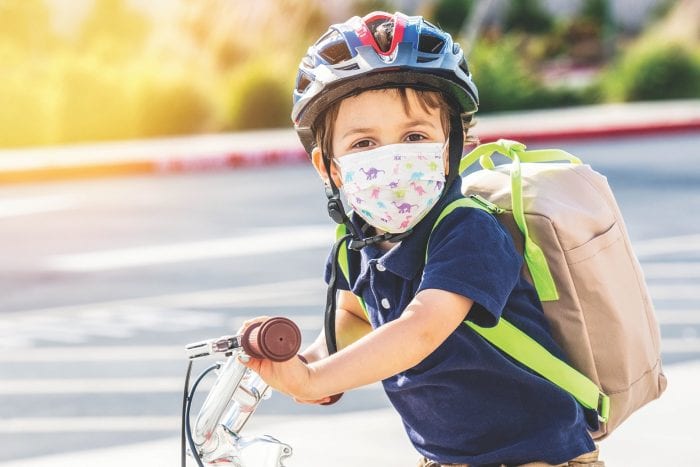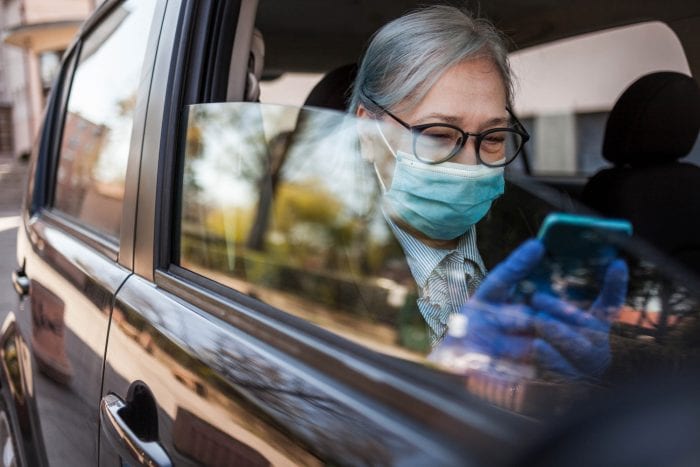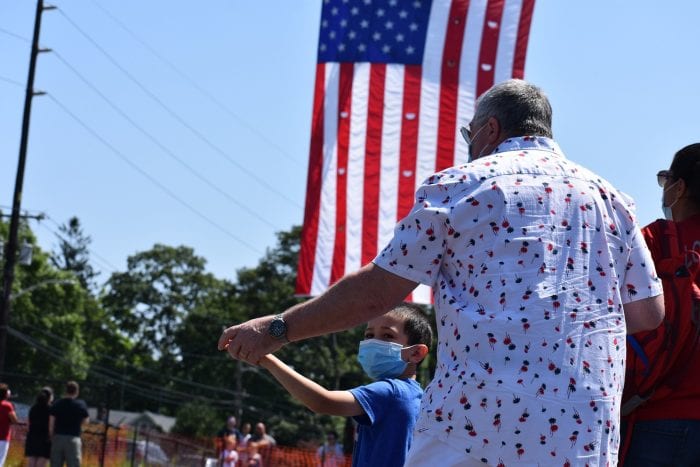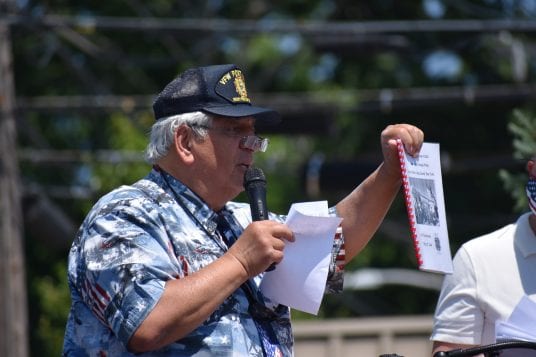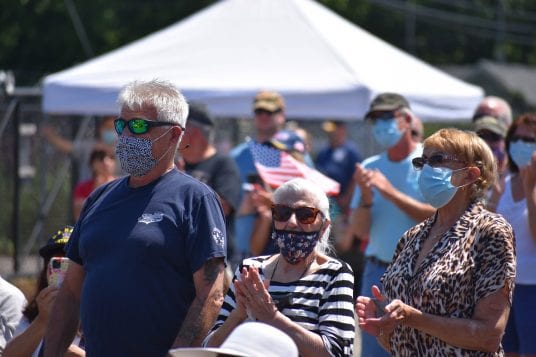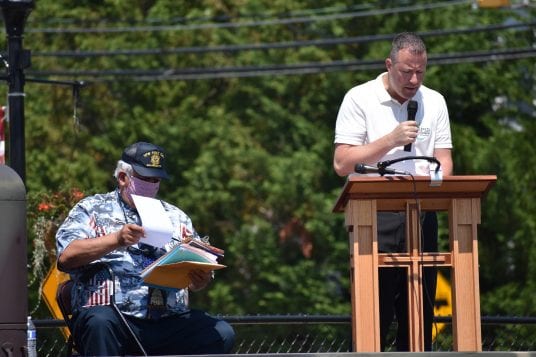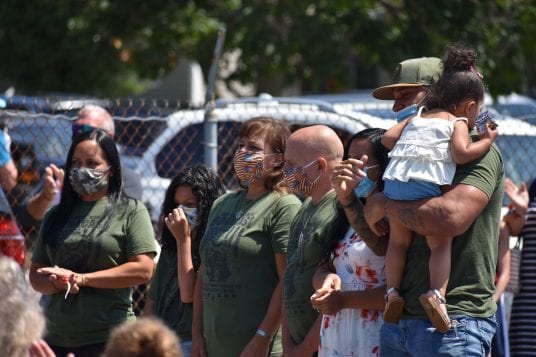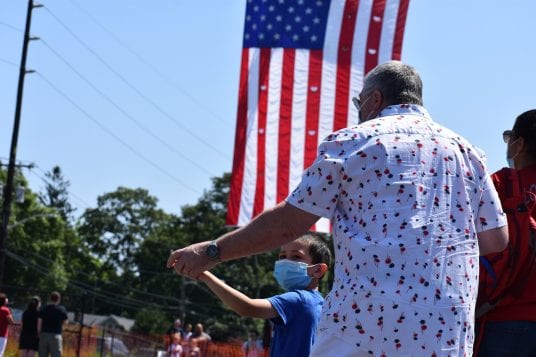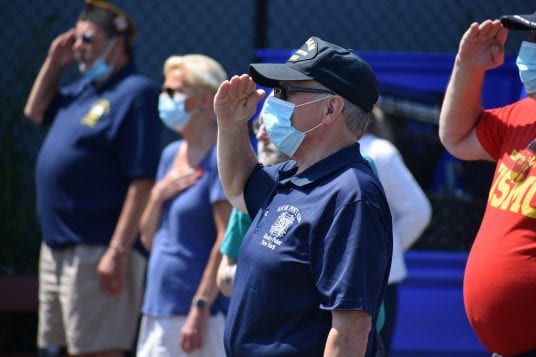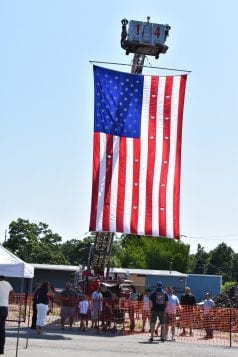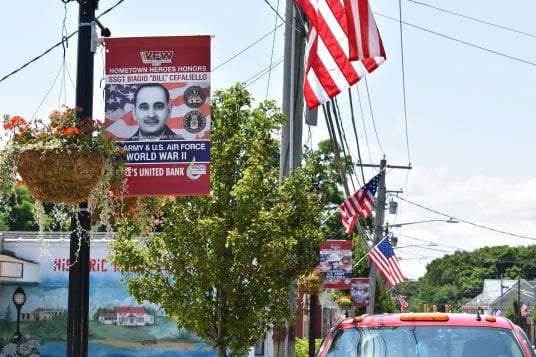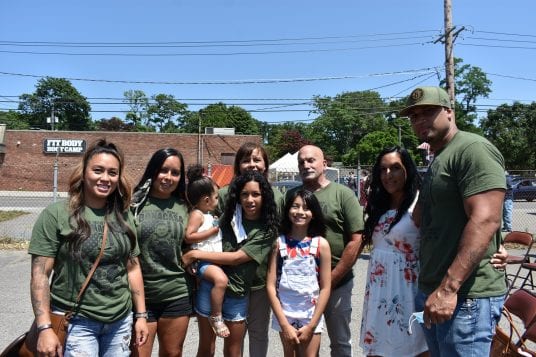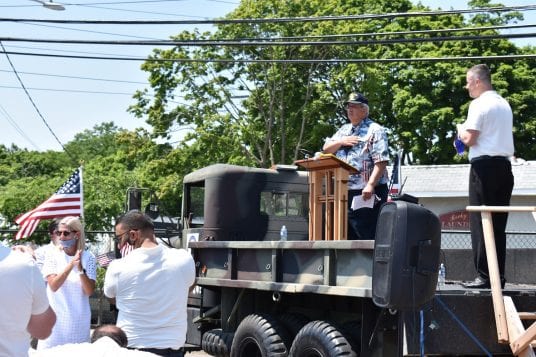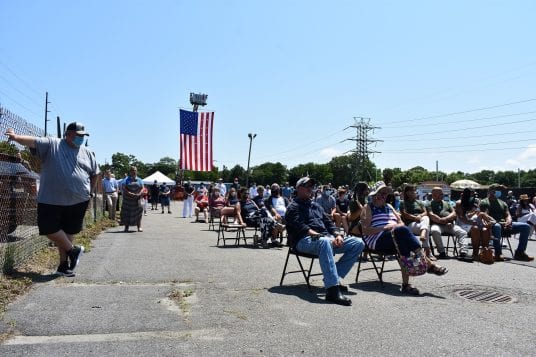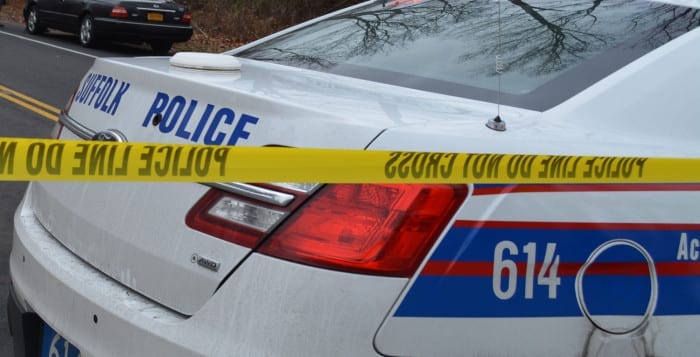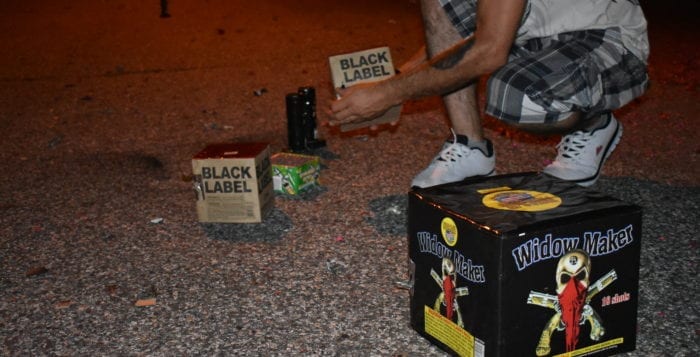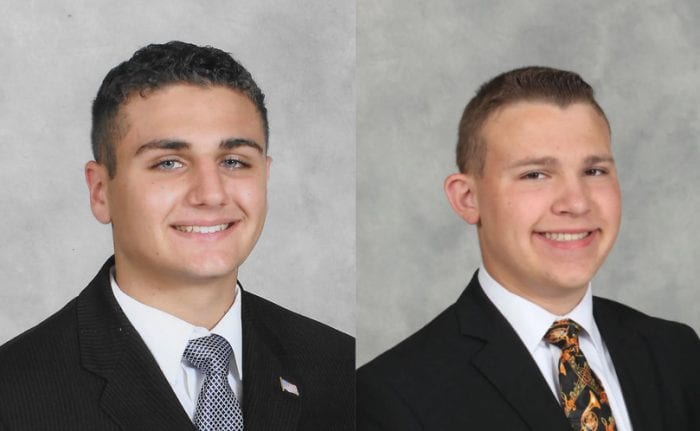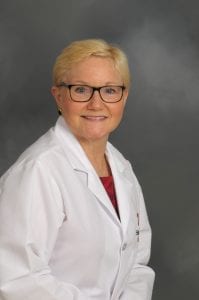
Dr. Susan Donelan, medical director of Healthcare Epidemiology at Stony Brook University Hospital, spoke by phone with TBR News Media about reopening schools, the importance of face coverings and host of other issues related to COVID-19. Here are her thoughts on the pandemic and the virus.
TBR: At what point would the spread of the virus be contained?
Donelan: Let’s look at it this way: If you accept the concept that even if the virus doesn’t change or change so significantly that any exposure before will be useless going forward, if it remains static and doesn’t morph or mutate, you need 70 percent of persons to be infected in such a way that the vast majority don’t get repeatedly infected. That’s a whole different story. It takes time for the world population to reach that 70 percent.
TBR: How do you get to that level?
Donelan: You can get to that 70 percent, being a relatively typical cutoff [for herd immunity], by one of two ways: by natural infection, or you can get it from a successful vaccine.
TBR: How does the process of distributing the vaccine work?
Donelan: Having enough is not the same as having it equitably distributed throughout the world. Ideally, [it would be] given to all of those who have reliably never been exposed. [There are a] lot of logistics: Having enough and having it distributed well and having it distributed equitably are different parameters. While this all gets figured out, the virus will hop along and continue to spread to the extent we give it the opportunity to spread.
TBR: Are people who get the virus getting reinfected? Are some antibodies not providing resistance?
Donelan: That is not clear. There are different kinds of antibodies. With a neutralizing antibody, you get infected or you get vaccinated, the antibody you develop neutralizes the virus when it comes calling again, or when it comes calling for the first time. There are antibodies that are just kind of bumper stickers in your immune system. They show that you’ve been exposed. This is early in the pandemic, It’s really not clear at this point what types of antibodies most people are going to develop and how helpful they will be when the virus comes knocking at their door.
TBR: Anecdotally, we’ve heard that some people may be less susceptible to the worst of the viral symptoms, if they have a certain blood type, for example. Do you know if any of that is true?
Donelan: I’ve seen tidbits here and there — you can be willy-nilly and not careful. I would caution anyone who picks up these reports to not assess their own individual risk in such a way that would make them less likely to follow the basics of trying to avoid getting sick or transmitting it.
TBR: Would a second wave be milder than the first because more people would have some resistance?
Donelan: I’m hesitant to declare if we had a milder second wave it’s the virus as opposed to other factors. In the 1918 [Spanish flu] versus the 1919 wave, the 1919 wave was bigger.
TBR: How did the protests affect infections?
Donelan: The protests are one of many, many instances of people with lacking social distancing, perhaps not wearing masks or wearing masks incorrectly. It’s maybe the most public one, not the only one. Every time I go out, I see people being noncompliant. As I understand from recent data, New York has an R0 [the average number of people who will get a disease from a single infected person] of under 1. We know that there’s going to be a slow creep in the infection. We’re right up against 1. That’s clearly less than the R0 of 2 or more that was early in the pandemic. By the time we see a bump in hospitalizations, a bump in positive cases, the protests are going to be muddled in with the graduations, the beach parties, the bars and the restaurants.
TBR: What don’t people know about the disease?
Donelan: The biggest misconception about utilization of face coverings, is that the face covering is for me. I think it must be really be emphasized. I wear my face covering to protect you. You wear it to protect me.
TBR: What do you think of the risks in youth sports, which are starting up again?
Donelan: There’s no uniform understanding of what’s right or wrong. There are other countries that have been ahead of us in terms of the pandemic and then are now easing themselves back into a more normal society. I think that those of us who are interested in what happens in sports, might keep a clear eye on what’s going on in those countries. Any time you interact, it’s not a zero-risk concept.
TBR: What do you think about schools?
Donelan: I’m working with the state and the campus and my own local school district on what school will look like. I have two kids that are heading to college, another one heading for a Ph.D. program. I have a particular interest in what’s going on. I think the schools have been working hard to optimize social distancing, with mouth and face coverings to the extent that each student at different levels is able to. I told them a couple of months ago, at the state and local level, I don’t see how schools cannot plan on having a hybrid learning platform [one that includes a mix of in-person and remote classes].
TBR: What advice would you give schools?
Donelan: The most important thing is to make sure however school looks like for the next two or three semesters, [that there is] a hybrid learning platform, with the ability to pivot quickly to a full-distance learning plan.
TBR: How do you think this will play out for colleges?
Donelan: [Many schools will] start in August. Come Thanksgiving, kids will go home and don’t come back [until the next year as influenza-like illness starts to circulate.] Thanksgiving is the first great cross-pollinator event in the winter season, with people traveling, coming back, picking up whatever is going on wherever they traveled to. I wouldn’t want students coming back to school after Thanksgiving recess, then cross-pollinating more. If there’s anything that people should be encouraged to do, it’s get a flu shot — and get it early.



